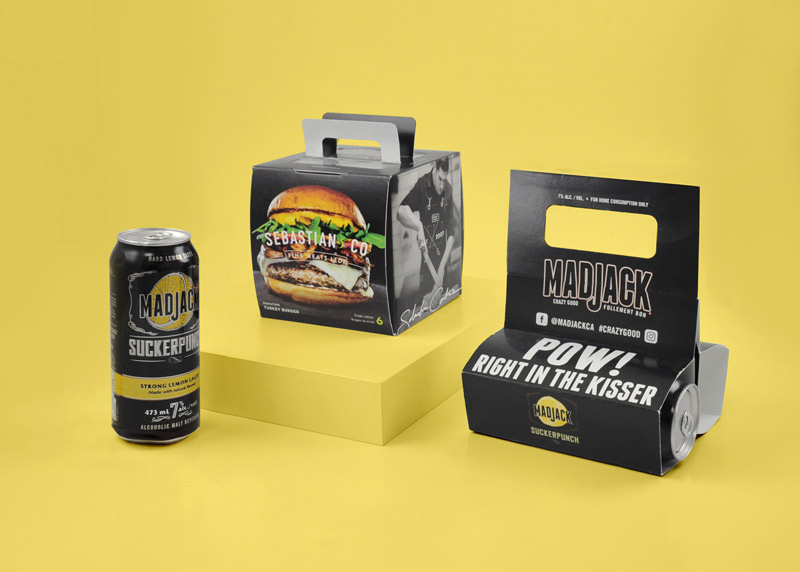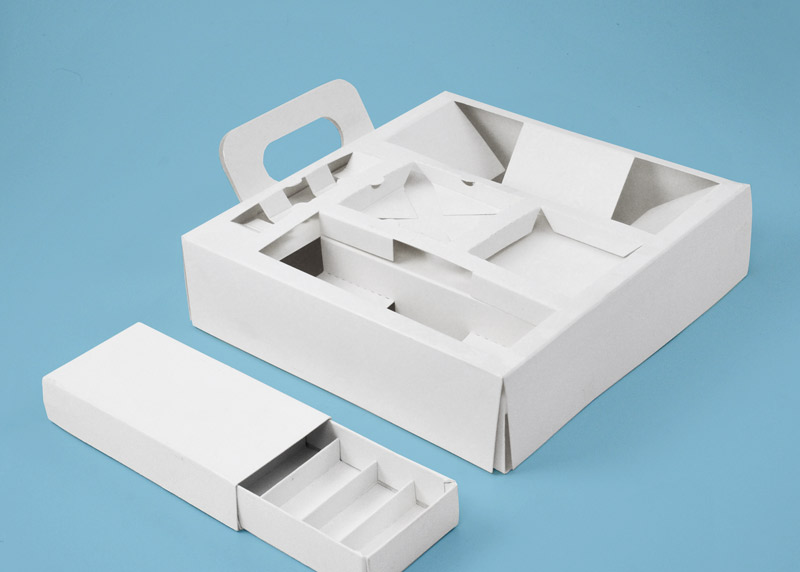Anyone who sells a product is aware of the wealth of packaging options available. In recent years, there has been an increase in flexible packaging, such as the resealable pouches that some packaged snacks come in. This move to flexible materials does not leave traditional boxes and packaging as a distant memory. They are still prevalent, but there is a definite growth in the use of flexible packaging. Explore some of the reasons for this growing trend.
Versatility
Compared to traditional packaging materials, flexible packaging is much more versatile. Flexible packaging tends to be fairly flat unless in use, which means that you can put varying amounts of materials within the same exact pouch without having to fill it up with an abundance of padding like you would with a box.
Efficiency and Speed
As a general rule, flexible packaging tends to be quicker to produce, print, and fill. This is not always the case, but since time can make a significant difference, it is a very important consideration when it comes to the type of packaging you use.
Convenience
Another area where flexible packaging shines is its convenience, with the growing demand for convenience influencing the popularity of this packaging method. Flexible packaging tends to be resealable (though this is not necessarily the case for boxes, tins, and plastic). Flexible packaging is also incredibly useful for filling other convenience-related demands, including portability, single servings of food items, the ability to eat an item on the go, and even the ability to go in the microwave.
Environmental Concerns
Although there are many boxes and other packaging options that are environmentally friendly, the increasing concern related to sustainability has also impacted the rise of flexible packaging. This comes down to several factors, including the fact that flexible packaging tends to use less material than a box since the packaging more closely fits the product it surrounds. Additionally, advances have made it increasingly feasible to produce flexible packaging that does not rely on traditional plastics, which are bad for the environment. The accessibility of bioplastics and recyclable polymers means that manufacturers no longer need to sacrifice sustainability to enjoy flexible packaging.
Shipping Costs
Typically, flexible packaging will weigh less and take up less space than cardboard boxes, hard plastic, and other traditional packaging materials. This translates into savings when it comes to shipping the product, either directly to consumers or to a retailer. Remember that shipping prices are determined by size, weight, and distance. As such, dropping just a few ounces or inches off of a product’s packaging can save hundreds if not thousands of dollars in no time, especially for companies that sell larger volumes of products.
Shelf Space
The smaller size of flexible packaging also influences how retailers look at and display these products. Smaller containers mean that retailers can fit more on the shelves, reducing the time they must spend to replenish the stock. This reduces the work needed on the part of the retailer and helps the manufacturer ensure there are always products on the shelf to attract customers.
Time will tell what happens with flexible packaging in the future, but for now, both it and traditional packaging methods are abundant.




